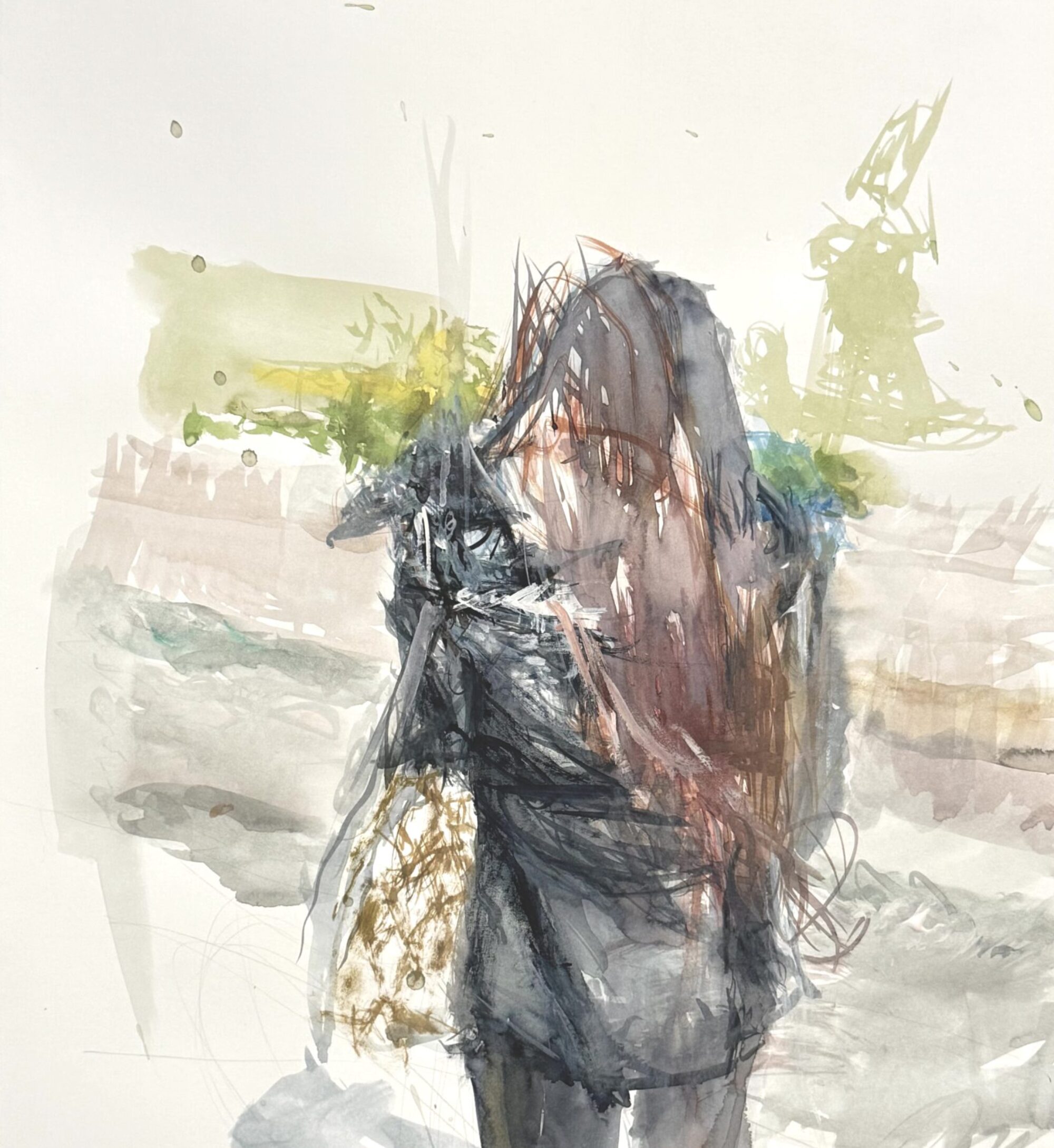 “Voyages en Zigzag” is the working title to my next show, which will be in November 2009 at the Bau-Xi Gallery in Toronto. This time, instead of working from photographs from my travels, I will stay at home (this is the era of a new restraint, n’est-ce pas?) and collect jpegs from friends and acquaintances in my computer’s Inbox. It’s exciting to see a big download coming through the internet line, a good indication that some new, delicious images from someone’s holidays are about to land.
“Voyages en Zigzag” is the working title to my next show, which will be in November 2009 at the Bau-Xi Gallery in Toronto. This time, instead of working from photographs from my travels, I will stay at home (this is the era of a new restraint, n’est-ce pas?) and collect jpegs from friends and acquaintances in my computer’s Inbox. It’s exciting to see a big download coming through the internet line, a good indication that some new, delicious images from someone’s holidays are about to land.
Just received some nice photos from my pals Amanda Forbis and Wendy Tilby, (shameless name-dropping) who have become quite the jet-setters with animation festivals and such. I also have been fortunate to get permission to use the photos of a quantum physicist who posted his delicious images of Russian palaces on Flickr. I love the notion of a guy who deals in particle theory sending me pixels of objects through the World Wide Web, and then me translating them into paint.

